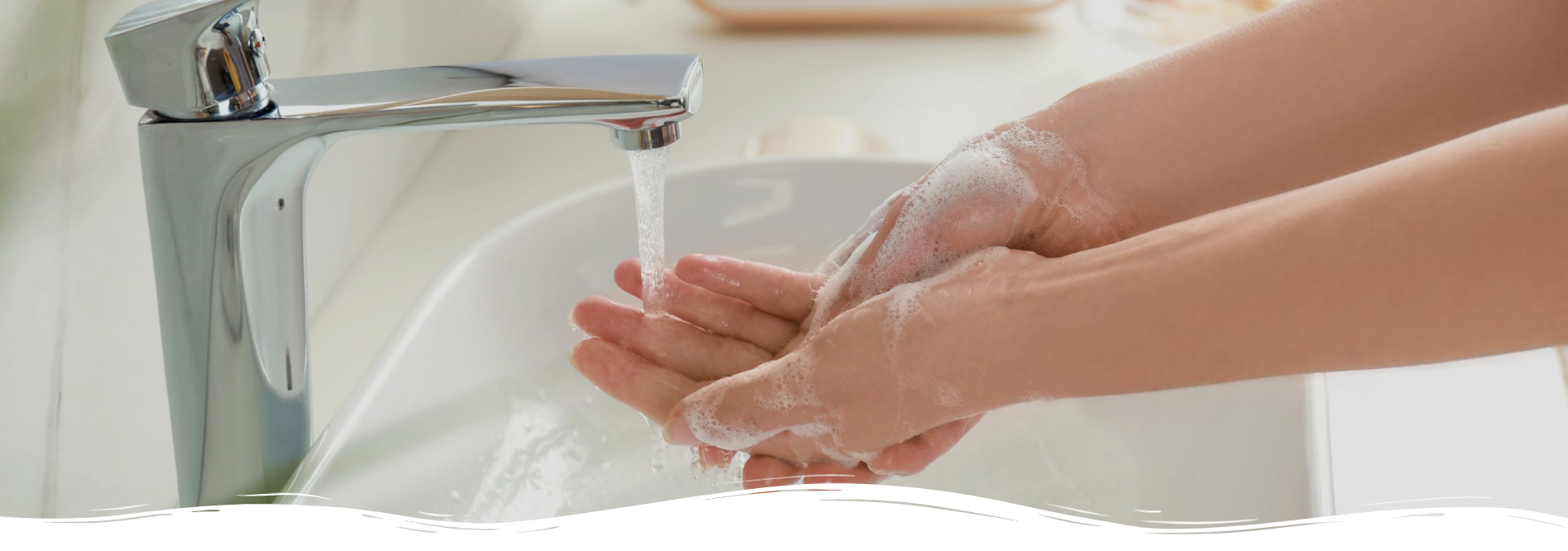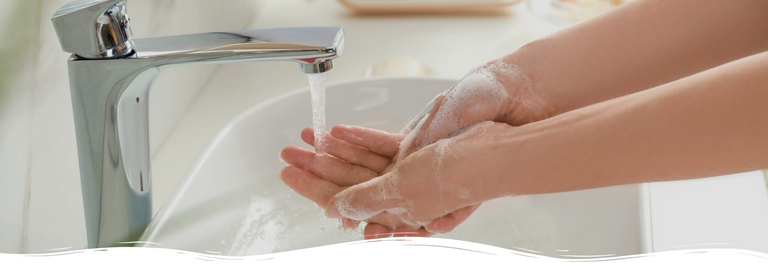.
“Sodium and Ammonium Lauryl Sulfate are anionic surfactants used in cosmetics as cleansing agents. In absorption, metabolism, and excretion studies, Sodium Lauryl Sulfate had a degenerative effect on the cell membranes because of its protein denaturing properties. Low levels of skin penetration may occur at high use concentration.
In acute ocular tests, 10% Sodium Lauryl Sulfate caused corneal damage to the rabbits’ eyes if not irrigated, or if irrigation was delayed. A Draize test of a product containing 5.1% Sodium Lauryl Sulfate caused mild irritation, and products containing 21% detergent were severely irritating with no rinse, and mildly irritating when rinsed. Ammonium Lauryl Sulfate solutions containing 1.25%-27.4% detergent showed increasing irritation with increasing concentration; rinsing decreased irritation.
Acute animal skin irritation studies of 0.5%-10% Sodium Lauryl Sulfate caused slight to moderate irritation. Applications of 10%-30% detergent caused skin corrosion and severe irritation. Solutions of 2%, 10%, and 20% Ammonium Lauryl Sulfate were highly irritating and dangerous. One percent and 5% Sodium Lauryl Sulfate produced a significant number of comedones when applied to the pinna (the outer-ear) of albino rabbits.”
REFERENCES
(1) European Journal of Dermatology, September-October 2001, pages 416-419; American Journal of Contact Dermatitis, March 2001, pages 28–32
(2) Journal of the American College of Toxicology, Volume 2, Number 7, pp. 127-181, 1983


